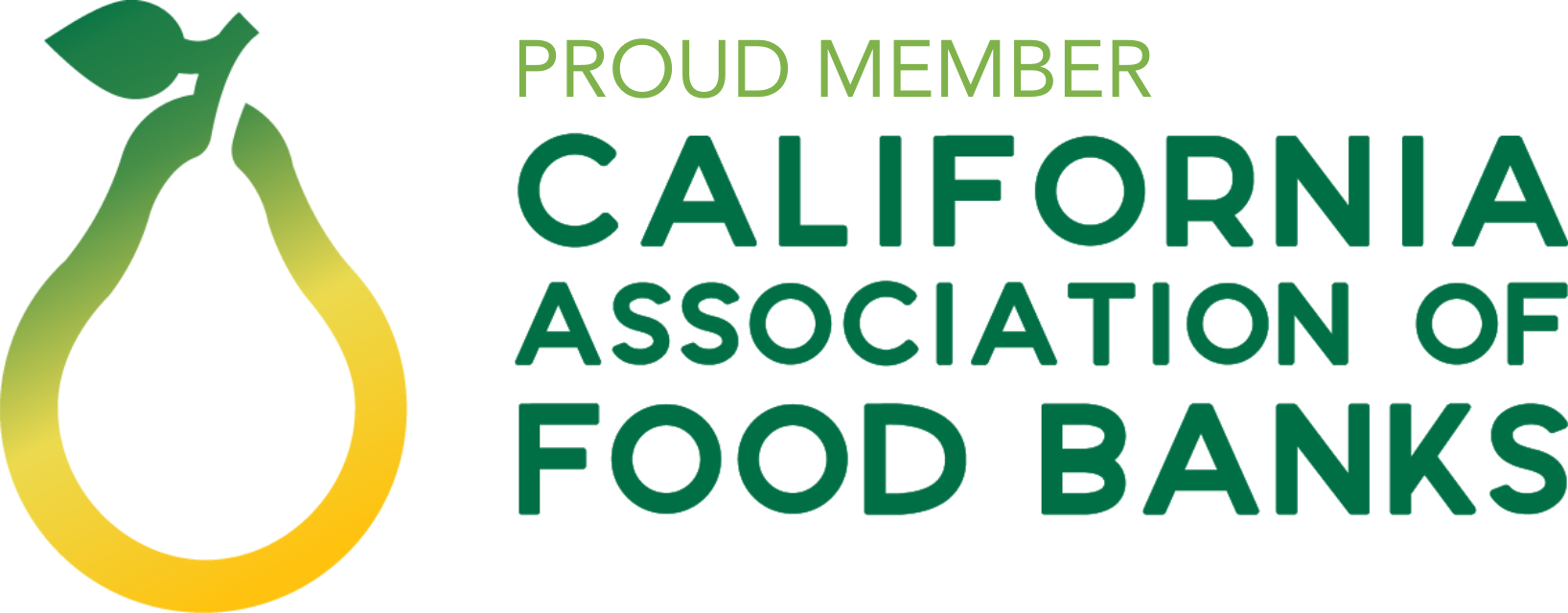In a historic budget agreement signed by the Governor on June 27th, the state of California is finally easing hunger for Supplemental Security Income (SSI) recipients. This 2018-19 budget deal will allow Californians on SSI to qualify for CalFresh nutrition assistance beginning in mid-2019.
SSI is a safety net program that provides a minimal basic income to older adults and people with disabilities who have little-to-no other income and resources. Although the maximum income grant for an individual is just $910.72 a month, SSI recipients have been ineligible for CalFresh, formerly known as food stamps, since the 1970s.
During the Great Recession in 2009 and 2010, the state of California cut its contribution to SSI grants down to the minimum amount allowed by the federal government and stopped automatically adjusting for inflation. The maximum individual benefit now stands at less than 90% of the federal poverty line.
After nearly a decade without meaningful restorations to this program, the 2018-19 budget finally lifts the ban on CalFresh and reinstates annual cost-of-living adjustments. Although the base grants still need to be brought up above the poverty line, the addition of CalFresh benefits will have an enormous impact for the 1.3 million Californians on SSI.
“So many SSI recipients try to apply for CalFresh because they just can’t afford food on their fixed incomes,” says Lidia Gutierrez, CalFresh Outreach Coordinator at the Food Bank of Contra Costa and Solano. “But I always have to tell them, ‘no you aren’t eligible.’ These are our elders and people with disabilities and they are hungry.”
The state estimates that a single adult on SSI will likely qualify for $171 a month in CalFresh benefits.
“To get CalFresh means that I would have enough to actually make it through the month,” says Edward Williams, a 77-year-old Richmond resident who receives SSI. “I would have more money to buy simple things, like laundry detergent, that I normally wouldn’t have enough money for because I would need to use that money for food.”
With the current CalFresh ban still in place, most SSI recipients turn to community-based organizations like food banks just to survive. Nearly 1 in 4 households served by the Food Bank of Contra Costa and Solano includes an SSI recipient.
Janet Ternes, a 70-year-old SSI recipient from San Pablo, relies on the Food Bank’s Senior Food Program to stretch her limited budget. “They give me vegetables and canned foods and dried foods [at the Food Bank,] and I can only afford to go to Grocery Outlet for the rest. If it wasn’t for the Food Bank, I don’t know what I’d do,” she says.
The new state budget also provides food banks with $8 million to purchase California-grown foods and another $5.5 million to support distribution capacity by investing in trucks, refrigerators, and other infrastructure. Because CalFresh benefits won’t be available to SSI recipients for about a year, due to necessary administrative preparations, the $13.5 million designated for California food banks will help meet SSI recipients’ food needs in the meantime. Food bank distributions are open to anyone in need, but SSI recipients in particular will benefit from this investment since so many rely on food banks as their primary source of food.
Finally, because a monthly income of $910.72 doesn’t even come close to the cost of a market-rate studio apartment in the Bay Area, this budget will provide additional relief to some SSI recipients through $500 million in grants for California cities to address homelessness.
On the whole, this budget takes significant steps to address the urgent poverty SSI recipients experience in California. The state still needs to restore the cuts to the base grant so people can meet their basic needs, like housing and medicine, but at least hunger will be less of a constant threat. We commend the legislature and Governor Brown for passing a budget that both saves for a future rainy day and offers an umbrella to those for whom it is already raining.



